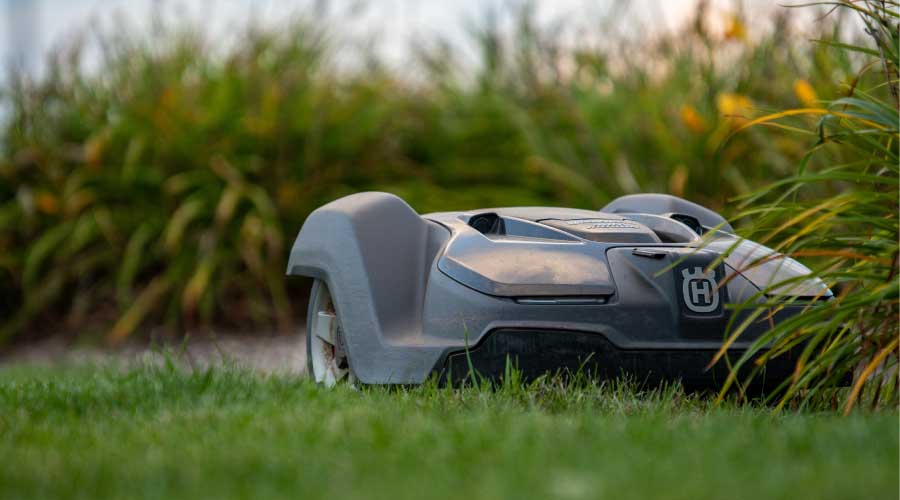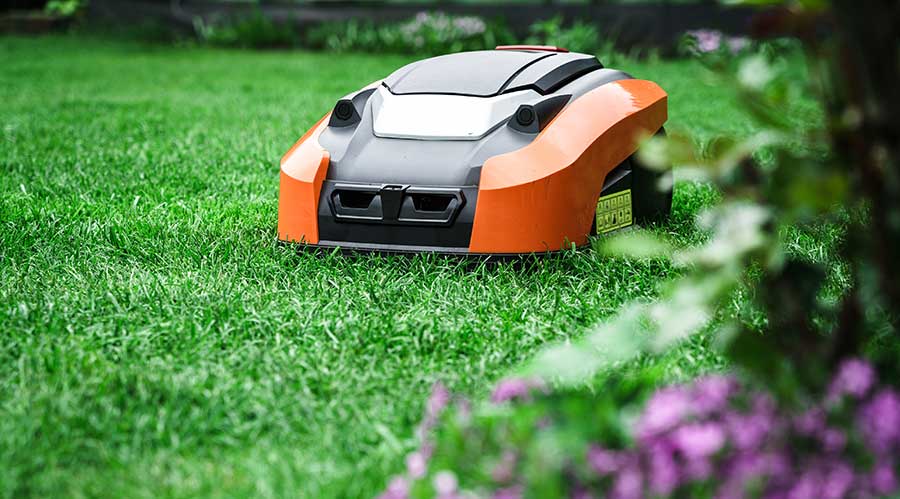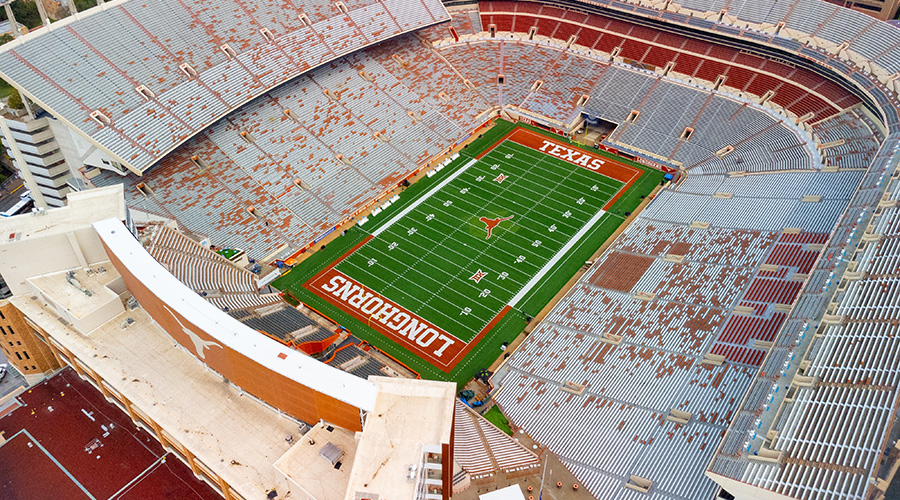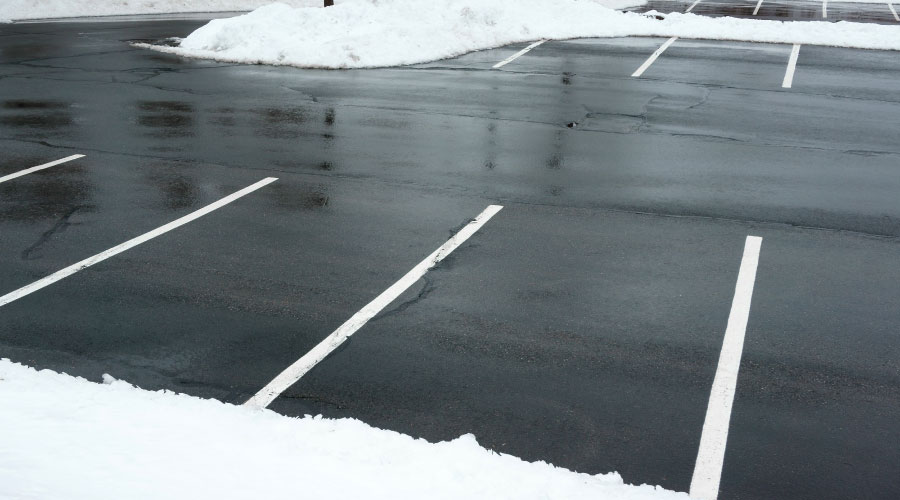Concrete Resurfacing Reduces Labor and Landfill Fees
Sustainability efforts also prompted the university to rethink its approach to asphalt surfaces on campus.
“We are now starting to overlay our asphalt parking lots with ultra-thin, white concrete topping in place of resurfacing with conventional bituminous asphalt,” O’Grady says. “Over the past three years, we have done three lots.”
The parking lots needed resurfacing, but instead of applying asphalt, workers installed a 3-inch layer of concrete over the existing asphalt. Conventional concrete applications would have required workers to remove the asphalt and install 6 inches or more of concrete to withstand traffic loads.
O’Grady says white concrete topping offers a series of environmental benefits.
First, it eliminates having to remove existing asphalt, reducing the time to complete the job, as well as labor and landfill fees.
Second, concrete generally lasts twice as long as asphalt, conserving money and resources because workers need to replace the surface less frequently.
“At today’s prices, we estimated a $175,000 saving over the life of the pavement,” O’Grady says.
The white color reflects light, rather than absorbing it, complementing the light produced by the existing lighting fixtures at no additional cost. The result is a safer environment for faculty, staff and students.
Finally, the lighter surface color reduces the heat-island effect. Temperatures on the light-colored parking lots can be at least 10 degrees lower than surrounding areas, due to the reflective surface.
Related Topics:















